German fleet - the way forward?
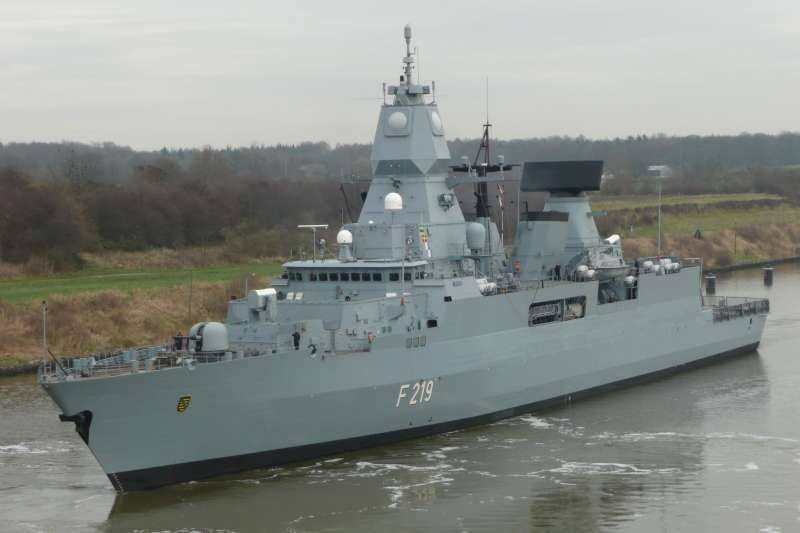
One of the largest fleets of NATO, the German fleet, seems to have avoided most of the recent cuts imposed by the harsh plans of the government, as the construction of new ships and the modernization of existing ones continues. Nevertheless, the planned 60 percent reduction in the defense budget could have a negative impact in the future if the government decides to push for cuts. To preserve the ability of the Navy to perform basic tasks under these budgetary constraints, it may be necessary to reduce the number of functions assigned to the fleet, focusing on 'asymmetric' roles, such as fighting piracy, peacekeeping and peacekeeping operations, rather than high-intensity full-scale combat activities .
In addition to participating in NATO’s day-to-day operations, the German fleet regularly launches operations in the Baltic Sea and takes part in many international operations, including peacekeeping, security and anti-piracy operations in Africa and the Indian Ocean. A total of German fleet there are about 90 warships, including 43 auxiliary vessels with a total displacement of 220,000 tons. In addition to this, the German fleet and the Danish royal fleet collaborate on the “Ark Project”. This contract makes the Ark project responsible for the strategic sea transportation of the German armed forces, providing at any time three cargo ferries and ships for transporting troops ready for deployment. In addition, these ships also remain available for use by other NATO countries. Three vessels have a total displacement of 60,000 tons. Including these ships, the total displacement of ships available for Deutsche Marine is 280,000 tons.
The German fleet has two flotillas of surface ships of the fleet, consisting of 15 frigates of three types and Type 212 submarines, and a squadron of ten high-speed missile boats deployed in the Baltic Sea. In recent years, the German fleet has undergone major modernization with the deployment of F-124 class frigates, K130 corvettes and Type 212 submarines, all produced by domestic shipyards Blohm & Voss, Lürssen, Thyssen Krupp Marine Systems (TKMS) and Howaldtswerke Deutschland Werct (HDW).
The apparent stability does not reflect the decline in the number of new orders that almost led the submarine builders Howaldtswerke Deutschland Werct to a standstill and forced Thyssen Krupp Marine Systems to sell most of their UAE naval and commercial shipbuilding assets in 2009 year. The company agreed to establish a "close strategic partnership" and a memorandum of understanding with the Abu Dhabi MAR Industrial Group (ADM) in the United Arab Emirates. This sale followed other acquisitions of Abu Dhabi MAR in Germany, as well as other recent shipyard sales of TKMS. The net effect of this was the restructuring of the German naval shipbuilding industry.
The agreement provides for the participation of 50 / 50 in a joint venture for the construction of surface ships, in which TKMS will retain the leading role and know-how in all projects with the German fleet and NATO partners, and the ADM will be responsible for the Middle East and North Africa. At the same time, Abu Dhabi MAR will acquire 80% of the main TKMS firms for the construction of surface ships: Blohm and Voss Shipyards, Blohm and Voss Repair and Blohm and Voss Industries. This deal largely collapsed in the 2011 year, leaving TKMS’s naval assets "in the game" again.
Today, the German fleet has three types of 15 frigates - Bremen (8), Brandenburg (4) and Sachsen (3), which are also the newest air defense frigates (F124 class). In November, 2011, Germany laid the keel of the first of the four frigates of the next generation F125 stealth design, most likely they will be one of the largest classes of frigates in the world with a displacement of more than 7,200 tons. As expected, he will join the Navy in the 2016 year, just in time to replace the first of the Bremen frigates. The crew will also be reduced to 120 sailors, instead of the previously planned 235. The ship will operate according to the “two crew concept”, so the ship will be able to stay long at sea. Commissioning of all F125 class frigates is expected by December 2018.
German frigate carries anti-ship missiles MBDA MM-38 Exocet, missiles Raytheon RIM-162 Evolved Sea-Sparrow Missiles, developed as part of the multinational NATO cooperation, and RIM-116 Rolling Airframe missiles, built by the US-German collaboration led by Raytheon and Diehl BGT Defense as a German partner. The ships are also equipped with advanced radars, sophisticated wrestling information systems built by EADS in conjunction with ESM / ECM and supplied by the UK.
New shipbuilding programs
Currently, three military shipbuilding programs are being executed: 212 Type submarines (two of six ordered but not yet delivered), four F125 class frigates (the first keel was laid in November) and three K130 class corvettes not yet delivered.
While all shipbuilding programs are exclusively for Germany, the weapons systems, parts of the radar and other electronics subsystems are currently being developed in the framework of international cooperation in order to reduce the costs of their development.
The F125 frigate construction program provides for the supply of four ships between 2014 and 2018 years. The program focuses on ships of the far sea zone, optimized for asymmetric warfare and peacekeeping operations far from their ports of registry. Thus, 5,500-ton ships will have a crew of up to 120 people, about half the crew required for the operation of the previous generation of frigates. The vessel will also be able to support special forces with numbers up to 50 people.
The fleet is in the process of developing the first two of five new Braunschweig K130 corvettes, based on the MEKO A design, three more are under construction. These corvettes will complement squadrons of high-speed missile boats and will be able to provide better support for typical operations conducted by the German fleet, including in the fight against piracy. K130 also require a smaller crew, 65 people. These corvettes are a combination of systems and technologies from various European and Scandinavian manufacturers - the radar is manufactured by EADS in Germany, as well as ESM and countermeasure systems. Command, control, communications and opto-electronic fire control systems are manufactured by Thales Netherlands; 76 / 62mm cannon of the Italian system from Oto-Melara, the main system weapons from the Swedish RBS15 Mk3. As well as later versions of long-range anti-ship missiles that implement the principle of "shot-forget" and surface-to-surface missiles developed by the Saab group. In order to increase the scale effect and share the cost of the life cycle of the program, Germany, Poland and Sweden decided to cooperate and equip their new ships with a new rocket. Implemented jointly by Diehl and Saab RBS-15 Mk3 is proposed as a future frigate weaponry and a potential replacement for Exocet and Harpoon missiles.
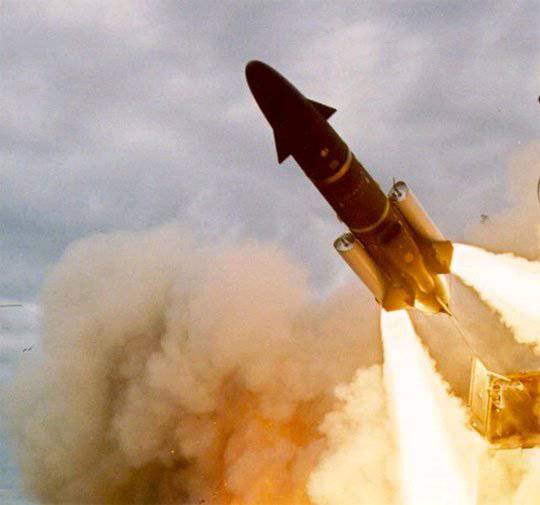
A squadron of ten Gepard-type high-speed missile boats equipped with MM38 Exocet anti-ship missiles is also operational, but the number of boats will gradually decrease. 2010 announced a budget cut, and the fleet will have to retire its high-speed rocket boats of the Gepard type. The first boats, "Nerz" and "Dachs", will be decommissioned by March 2012. Other boats of the 143A type are retained as active and took part in exercises on the Baltic Sea in November 2011.
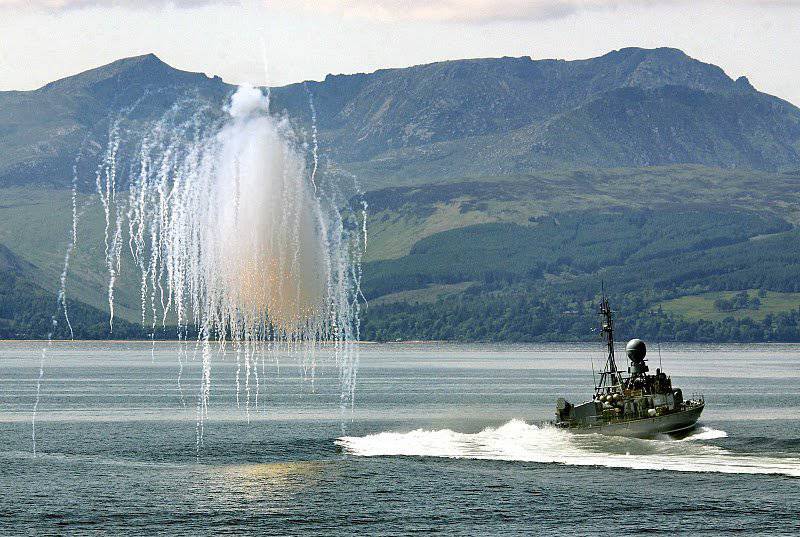
Modernization of the submarine fleet
Until recently, the German fleet had a fleet of ten submarines, based at Eckernförde. Until 2010, the German submarine fleet consisted of upgraded diesel-electric submarines of the Type 206A, which initially became part of the Navy between 1973 and 1975 for years and were upgraded from the 1992 year. As well as four new hybrid diesel-electric / fuel elements of air independent movement (air independent propulsion, AIP) of submarines Type 212A, which were put into service between the 2004 and 2006 years. In 2010, the remaining submarines of the Type 206A were withdrawn from the Navy as part of a reduction in the Bundeswehr budget. Current plans include the purchase of a total of six boats Type 212A, the last two are planned to be adopted in 2012 and 2013 respectively. It was originally planned to build a total of eight boats Type 212, but in January 2004, the German Ministry of Defense announced that submarines would not be ordered before 2016.
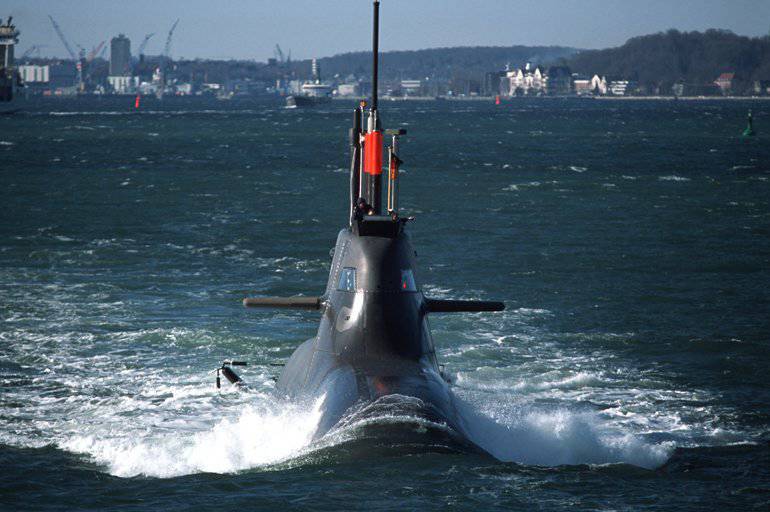
Germany has production facilities in HDW for the construction of diesel-electric submarines. The Dolphin class 800 is specially exported and has already exported numerous versions of these boats. Turkey and Israel were among her clients. This boat is considered a very powerful conventional submarine with various modifications.
The main role assigned to the German fleet in conjunction with other NATO fleets, or as part of the UN forces, is conflict prevention, crisis management, peacekeeping and counter-terrorism operations. Due to their low noise, 212A submarines have the ability to carry out effective covert surveillance and reconnaissance. German submarines were deployed as part of the peacekeeping operation in the Adriatic Sea in the middle of the 1990-s, as well as in the framework of the NATO Operation Active Endeavor and in support of the US-led operation in Afghanistan Enduring Freedom.
To support new operational priorities, there are plans for 212A submarines to attack ground targets. The Interactive Defense and Attack System for Submarines (IDAS) is currently being developed by Diehl BGT Defense, HDW and Norwegian Kongsberg using a wire-guided missile capable of hitting helicopters and mobile targets on the coast. The third submarine Type 212 U33 was selected as the platform for testing new weapons. In June, the 2008 of the year was successfully launched through a submarine torpedo tube.
Minesweepers
The German Navy has five minesweepers Type 352, equipped with a DSQS-11 sonar for mine detection, and the Troika Plus system, which includes manned and unmanned vehicles. Some of the old Type 333 (converted speedboats) are currently written off.
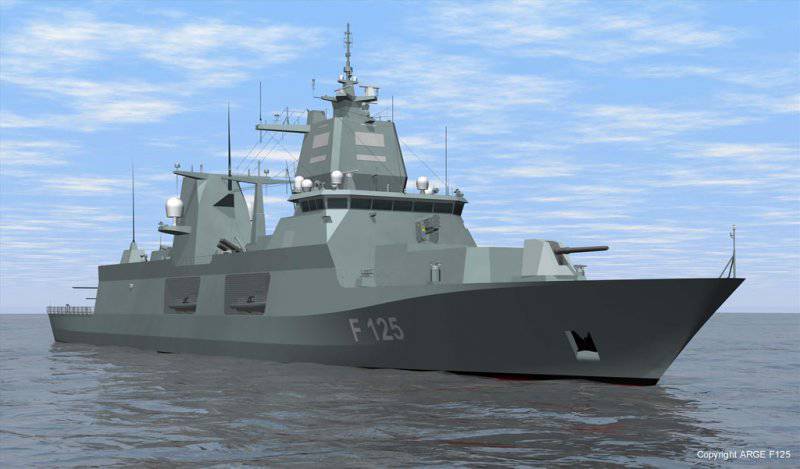
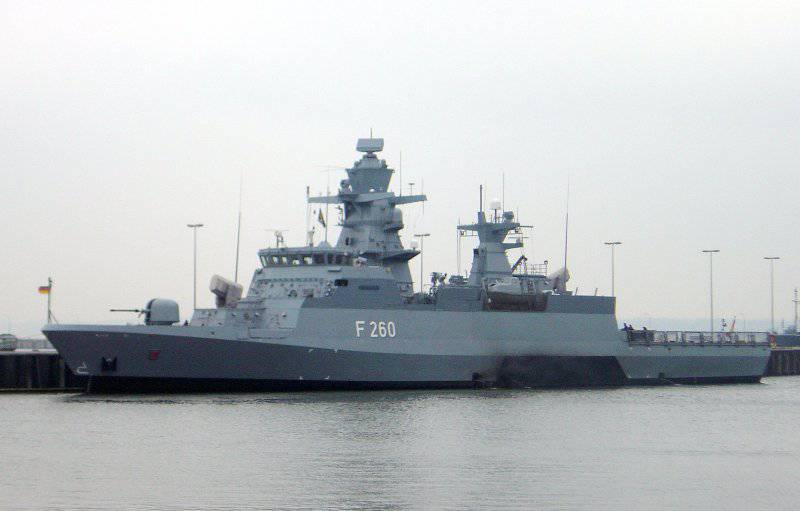
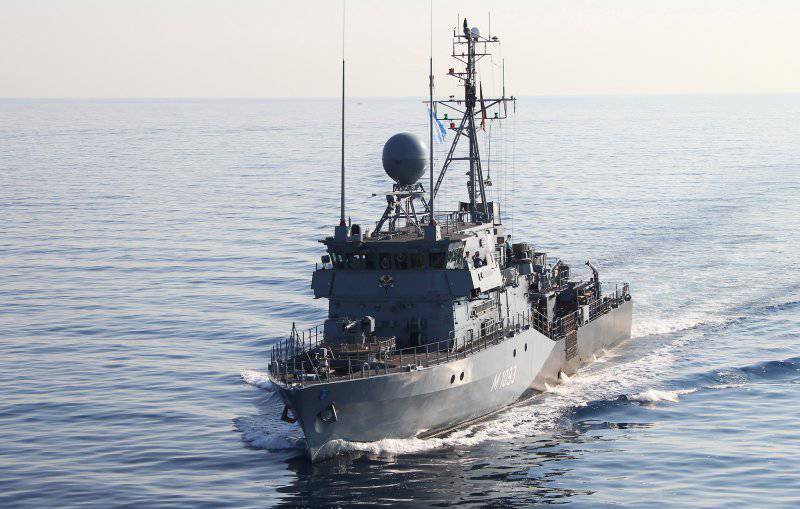
Information